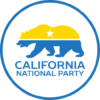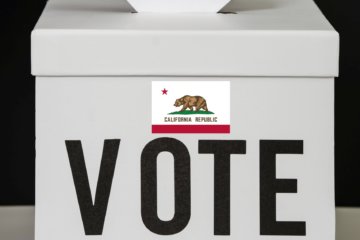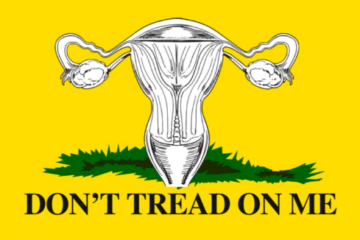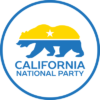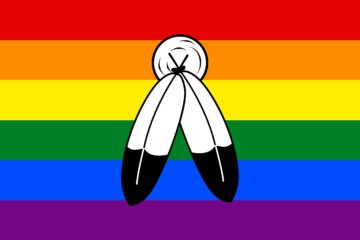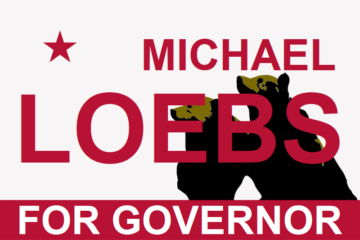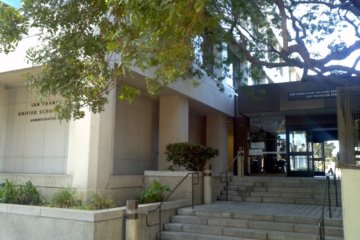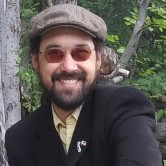On June 13 I left the Democratic Party and joined the California National Party. Since then, I have been learning about independence movements across the United States, however, there is a shortage of material on the subject. This series of articles is meant to rectify that.
One of the most intriguing independence movements is in the future nation of Cascadia, which mostly consists of Washington, Oregon, and Idaho. The idea will sound familiar to many science fiction fans; it was the core premise of ‘Ecotopia’, which was first published in the 70’s and has gone through multiple reprints since.
The Cascadian independence movement has gone through several distinct phases. I interviewed Maxamillion Shuman, the lead organizer for the modern Cascadian Independence Party, to learn that history. One of the first organized expressions of Cascadian nationalism was the Cascadian National Party, which was founded on September 9, 2001. It had a presence in Oregon and Washington and framed itself as an ideologically progressive party that sought to separate Washington, Oregon, and Idaho from the United States. The party “only lasted a couple days,” because “911 happened.”
The vocabulary that the Cascadian independence movement uses says a lot about the movement’s goals. Take Bioregionalism for example: “Political bioregionalism means that if your community is sharing the land and resources, then you have the right to the political decision making process for that land and those resources”, says Shuman. Underlying this concept of ‘bioregionalism’ is a strong commitment to protecting the land and water of the Pacific Northwest.
Two years ago, the Cascadian Independence Party took up the cause where the Cascadian National Party left off. However instead of seeking to establish a nation based on current state boundaries, the Cascadian Independence party proposed creating a new country “based on bioregional boundaries.” Like many modern independence movements, the Cascadian Independence Party’s plans are “modeled after what Scotland did.” Shuman believes that independence will take many years to achieve and will require multiple independence movements across the United States working together. That’s an approach we share.
Not everyone who identifies as a Cascadian is in favor of independence as an immediate goal. Sammy Castonguay, a member of ‘CascadianNow!’, describes his organization as more “about education, culture, environment, camping, hiking,” conservation, and creating community.
Before discussing independence, Castonguay made it clear he’s speaking as an individual and not as a representative of his group, but his positions are still useful for understanding the larger movement’s mindset. He is not strictly for or against independence. Instead he thinks that the Cascadian movement will develop “over a very long time” before the bioregion establishes an identity and a consciousness strong enough to facilitate separation.
Castonguay believes that “bioregionalism is starting to emerge around the country” and points to the local food movement as an example. Ultimately, even though it will “take a long time,” he believes people all over North America will agree that the United States needs to be broken up into separate nations with boundaries based on bioregions.
Catalonia is another common reference point for modern independence movements and Castonguay cites it as a model of how he hopes to see our movements work together. In particular, Catalonia has many independence parties that diverge ideologically, but all of them work together for independence. He explains that parties need a clear identity and that one common cause isn’t enough to become successful. It’s a good point and something we are wrestling with right now as we put together our new platform.
Shuman acknowledges “Cascadia cannot achieve independence on its own,” and believes that independence movements can only obtain a legally binding self-determination referendum if we win support in Congress. And that, Shuman said, is what will unite our movements.
This article is part of an ongoing series that will document independence movements across the United States.
